The internet’s a vast and vibrant landscape, but lurking in its digital shadows are some right stinkers – hackers. For website owners, especially those using WordPress, the fear of a malware infection is a constant worry. A hacked website can be a real beaut of a blow, disrupting your online presence, damaging your reputation, and potentially compromising sensitive data. But don’t ya fret, brave Aussie WordPress warrior! This comprehensive guide equips you with the knowledge and tools to face the digital darkness, remove WordPress malware, and restore your website to its former glory.






Before diving into the cleanup process, it’s crucial to recognise the warning signs of a potential infection. These red flags will act as your war cries, alerting you to a possible intrusion:
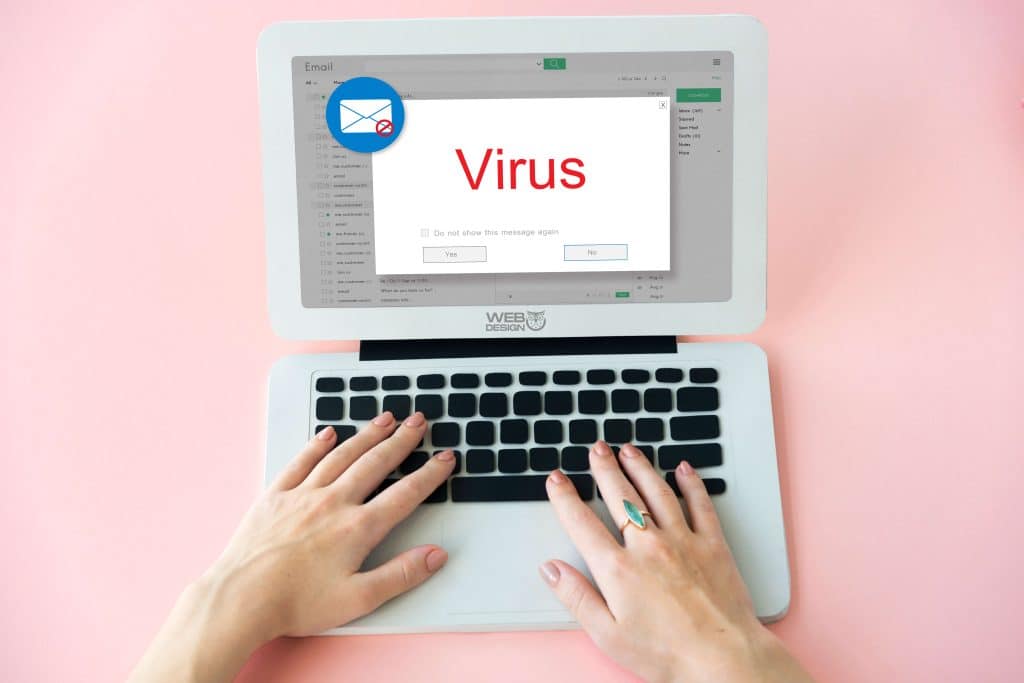
Knowledge is power in the fight against malware. By understanding the different types of hacks, you can identify the specific threat and choose the most effective cleanup strategy. Here are some of the most common adversaries you might encounter:
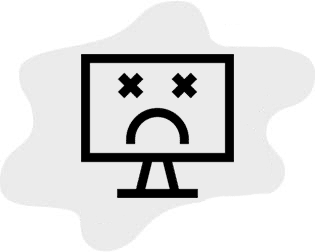
This is a digital vandalism act where hackers alter your website's content. They might replace it with offensive messages, propaganda, or even competitor advertisements. Think of it as graffiti sprayed across your online shopfront.
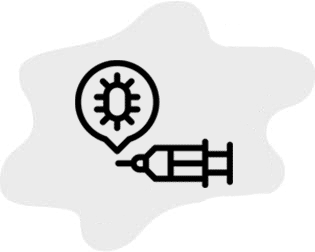
This is a digital vandalism act where hackers alter your website's content. They might replace it with offensive messages, propaganda, or even competitor advertisements. Think of it as graffiti sprayed across your online shopfront.
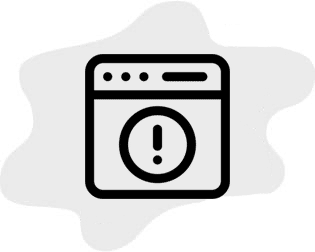
Don't be fooled by the term "SEO." In this case, hackers inject irrelevant and spammy keywords into your website's content in an attempt to manipulate search engine rankings. Imagine your website suddenly advertising dodgy products or services completely unrelated to your business.
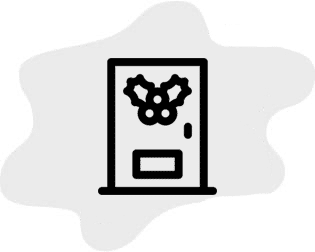
This is a tactic where hackers create a hidden backdoor within your website's code. This backdoor allows them to access your website remotely, even after you've removed the initial malware infection. Think of it as a hidden key that allows them to re-enter your website at will.
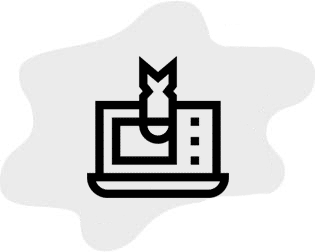
These are automated attempts to guess your login credentials. Hackers use powerful software to try thousands of password combinations in a short period, hoping to gain access to your website. Imagine a relentless hammering at the door of your digital castle.
Don't just take our word for it – see what our clients have to say about our transformative website development services in Melbourne.
Now that you’ve identified the enemy, it’s time to reclaim your website and restore order to your digital kingdom. Here’s a step-by-step battle plan to remove WordPress malware:
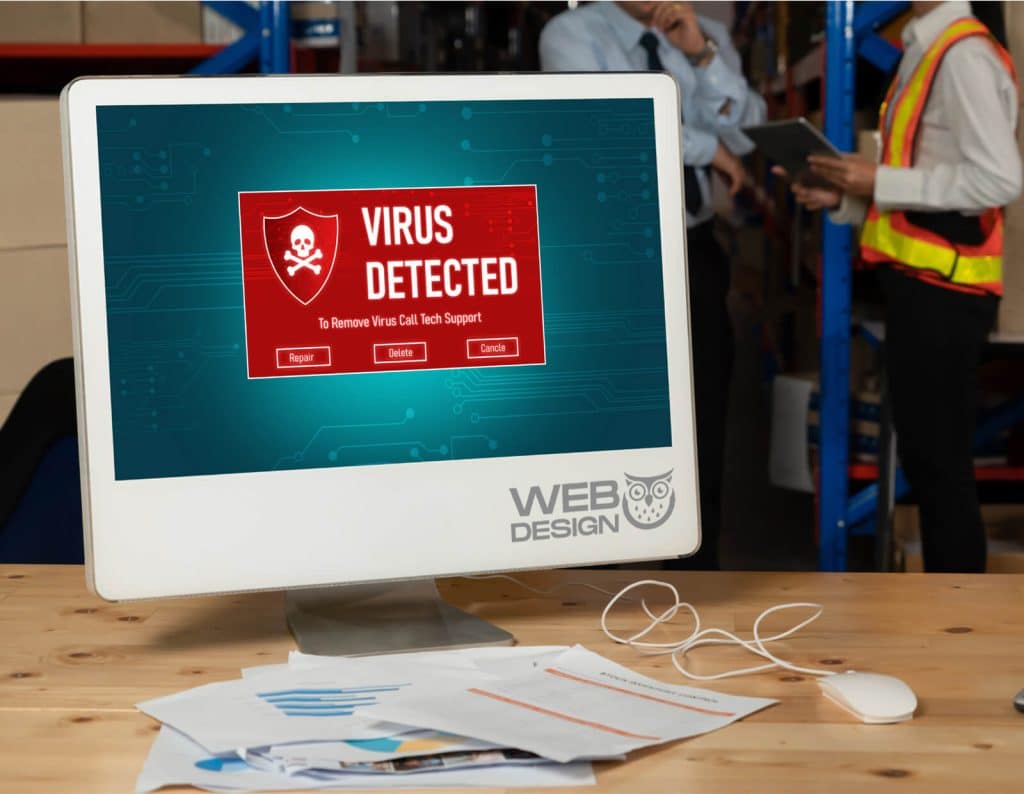
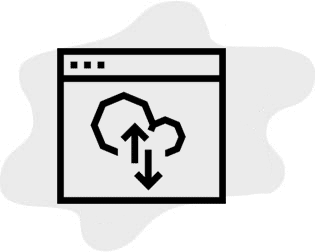
Before embarking on any cleanup mission, it's imperative to create a backup of your website's files and database. This serves as a safety net in case anything goes wrong during the removal process. Think of it as a restoration point for your website, allowing you to revert to a pre-infection state if needed.
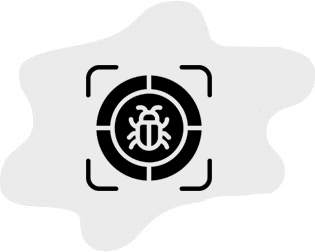
Utilise reputable security plugins or online website scanners to identify infected files and malicious code. These tools act as your digital scouts, scanning your website's code for hidden threats.
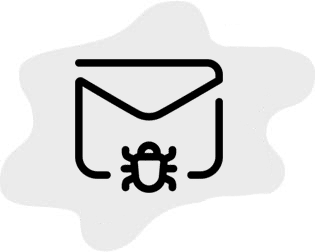
Once identified, delete the infected files or replace them with clean versions. This might involve manually editing files using a code editor or employing a security plugin's malware removal features. Imagine surgically removing the infected code from your website's body.
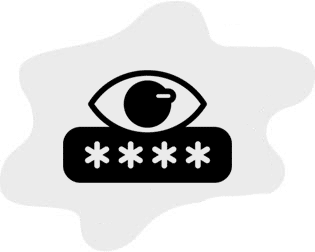
Update all passwords associated with your website, including your WordPress login, FTP credentials, and database access. Make sure to use strong, unique passwords.
By following these steps and adopting a proactive approach to security, you can keep your WordPress website safe from malicious attacks. Remember, a secure website is not just about protecting your data; it’s also about maintaining a positive user experience and ensuring your online presence remains a valuable asset for your business.
Fill out the form below and we’ll be in touch soon.
"*" indicates required fields
Fill out the form below and we’ll be in touch soon.
"*" indicates required fields